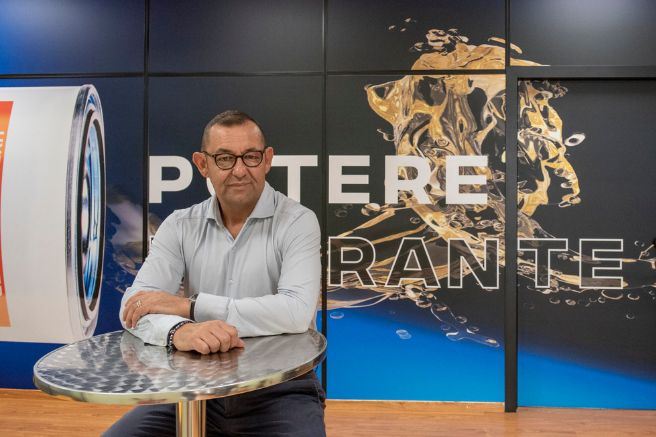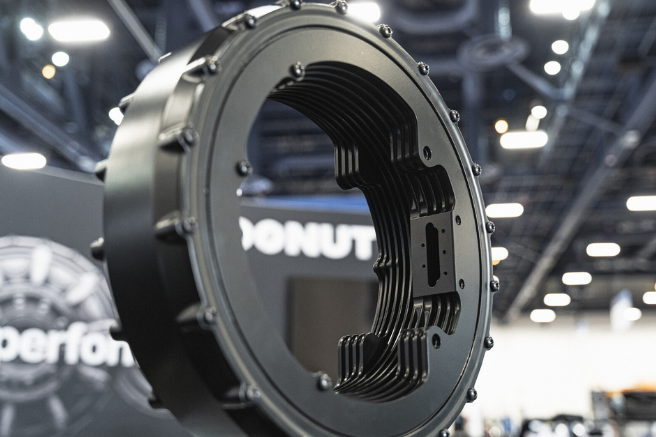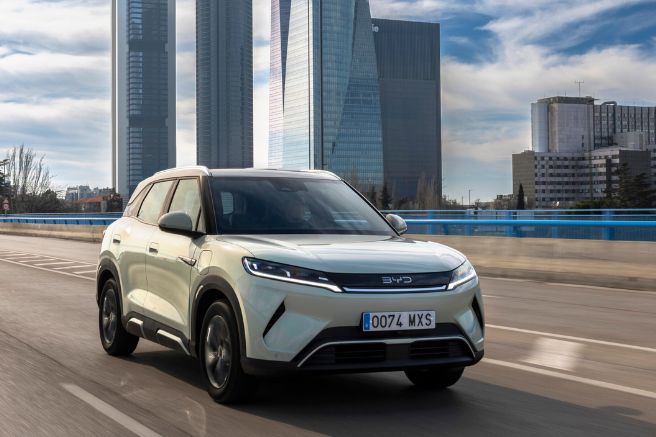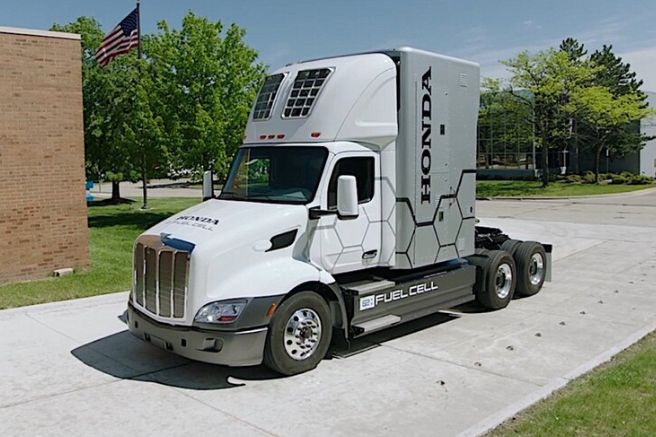
The objective is clear. Expand the range of collaborations in the transport segment with the development of medium and large transport vehicles dedicated to the North American market. For this reason, at the main local exhibition dedicated to the theme, “Advanced Clean Transportation Expo”, held last May in California, Honda presented a Peterbilt tractor model “579 EV” modified to integrate three latest generation fuel cells “Cr-V Fcev”. In fact, a heavy-duty full electric based on a propulsion system whose marketing was in fact foreseen in the Japanese company’s plans to begin in America and Japan this year. Honda is also looking at hydrogen as a solution for supporting full electric propulsion systems thanks to its undoubted operational advantages compared to battery systems.
First of all, greater energy density and faster refueling times. Hence Honda’s decision to cover the four main sectors for the initial use of its new fuel cell system starting from the passenger car segment for personal mobility, but aiming above all at the commercial vehicle and industrial machinery segments for off-road applications. -road operating in the agricultural and earthmoving segments. Without neglecting the important segment of power generation. Speaking of the prototype presented in California, the truck is fully operational and has an estimated range of 644 kilometers with a combined gross weight of 38 quintals, 12 of the tractor plus 24 load potential. All for a maximum operating speed estimated at around 113 kilometers per hour.
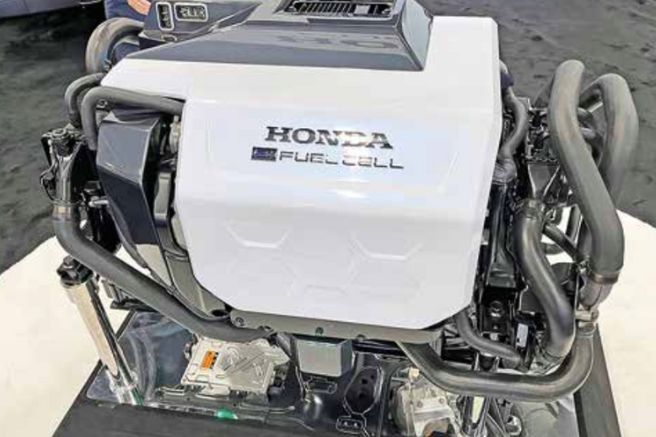
The fuel cells implemented on the vehicle were developed in collaboration with General Motors over the last ten years. Compared to their predecessors, they have doubled their duration and reduced costs by two thirds and develop a total power of 240 kilowatts, 80 kilowatts for each unit, operating at a voltage between 275 and 600 volts. The maximum declared efficiency is 58 percent and the system is structured so that it can start up quickly even at temperatures below 30 degrees centigrade.
Initial production of the fuel cells is expected at the “FCSM” plant, “Fuel Cell System Manufacturing”, and will support Honda’s internal initiatives and sales of fuel cell electric vehicles but the Group does not rule out external supplies “in the next future”. From this perspective, initial sales of two thousand units per year are expected, rising to 60 thousand units per year by 2030 and a few hundred thousand units per year by 2040.
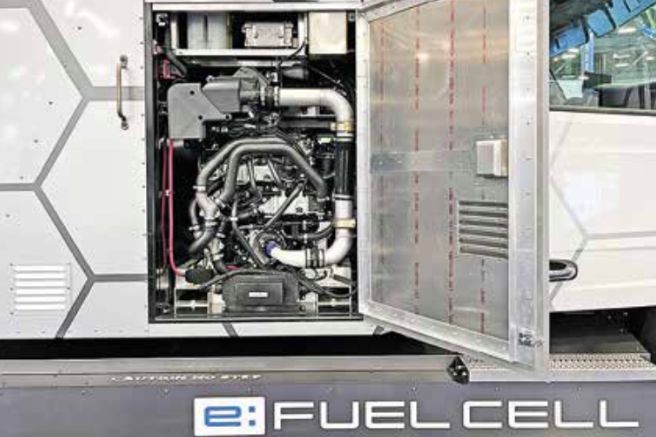
According to Honda executives, commercial vehicles, including class 8 trucks, represent a fundamental part of the hydrogen business strategy, the same one that the Japanese company is already working on over 200 requests received from companies for the acquisition of new technology.
Title: Honda, long range with fuel cell
Translation with Google

